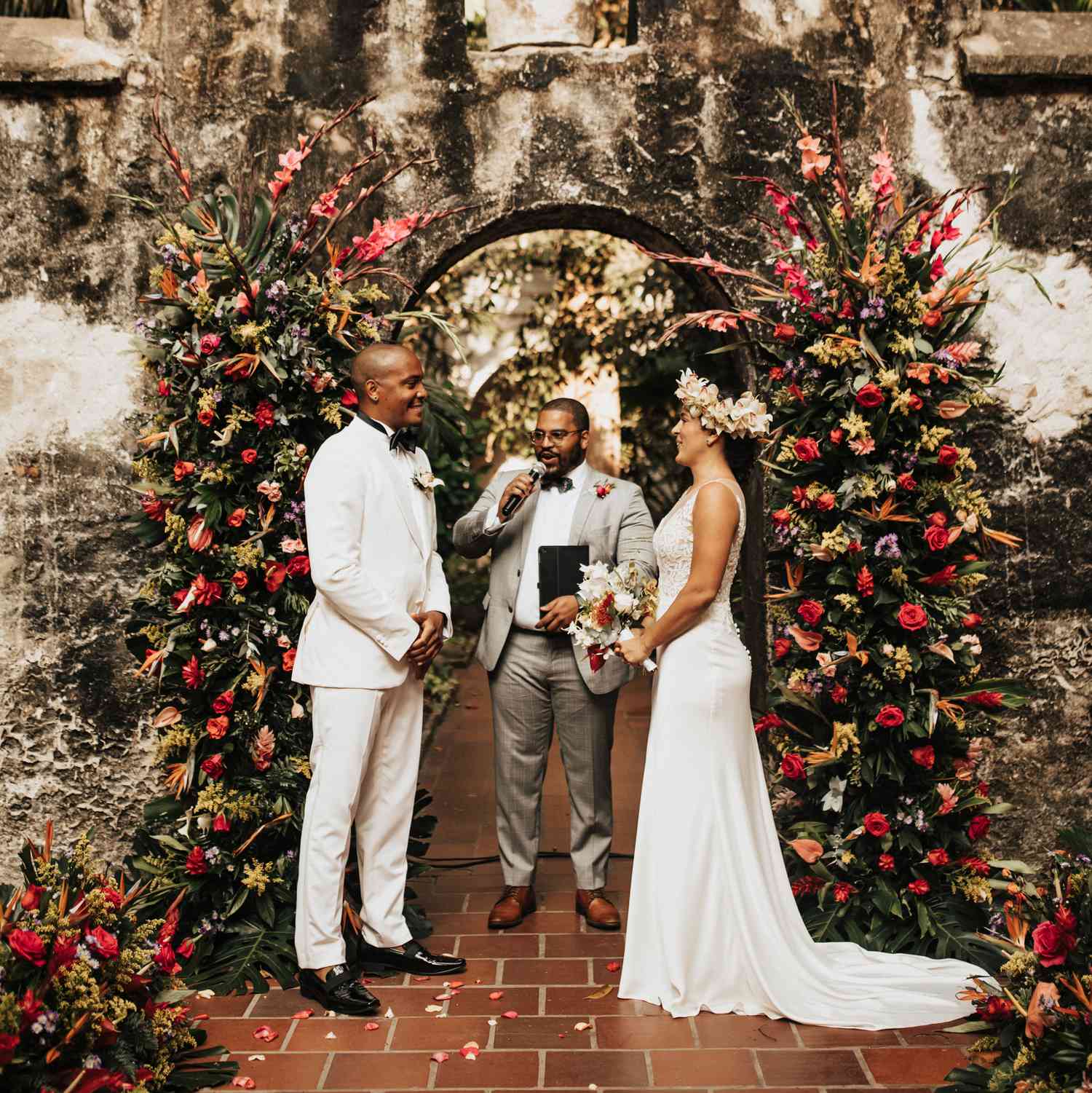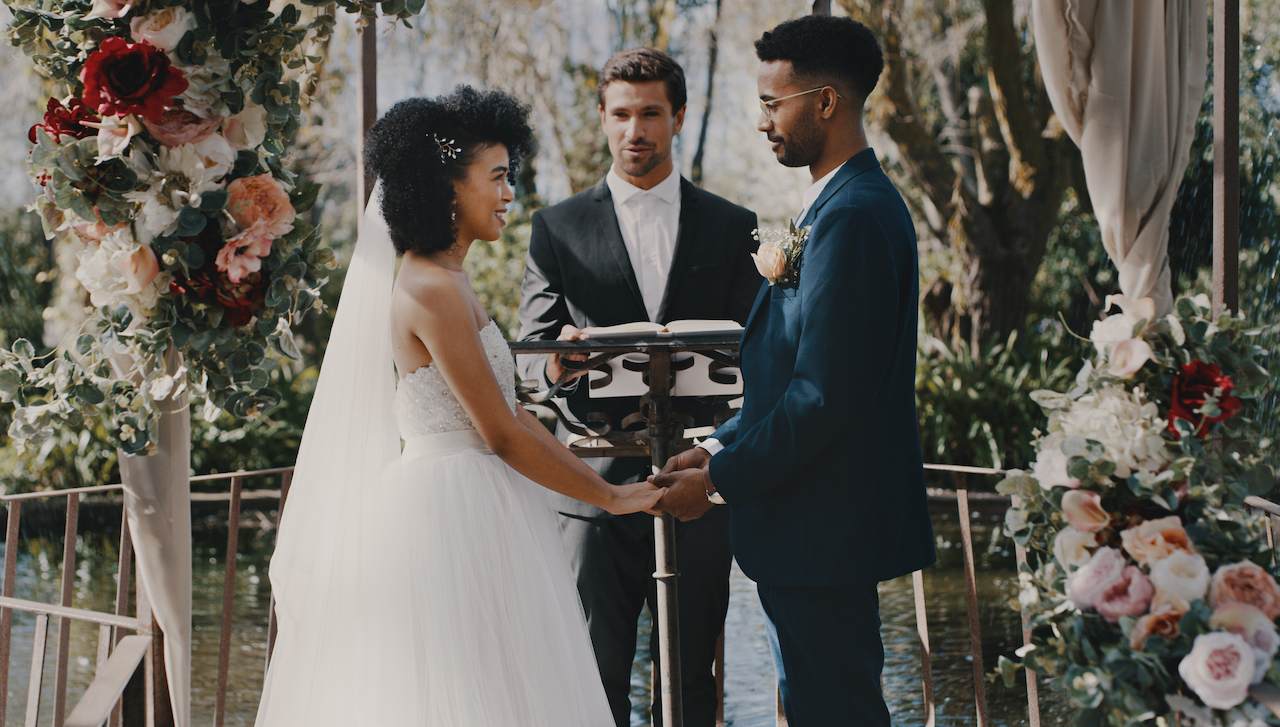I. Introduction

A. The significance of the bride’s position in wedding ceremonies The placement of the bride during a wedding ceremony holds significant symbolism and cultural meaning. It is a tradition that has been passed down through generations and plays an essential role in the overall wedding experience.
B. Overview of the article on the tradition of the bride‘s side placement This article delves into the tradition of the bride’s position during wedding ceremonies. It explores the historical origins of this tradition and its cultural significance across different regions and traditions.
C. Thesis statement: Exploring the reasons behind the bride’s placement and its cultural significance Through an examination of historical origins and cultural practices, this article aims to shed light on the significance of the bride’s placement during wedding ceremonies and its continued relevance in the modern world.
II. Historical Origins and Cultural Significance
A. The historical origins of the tradition
The tradition of the bride’s placement can be traced back to ancient customs and symbolism. Ancient cultures often assigned specific positions to individuals based on their social status and familial ties.
B. Cultural significance in different traditions and regions
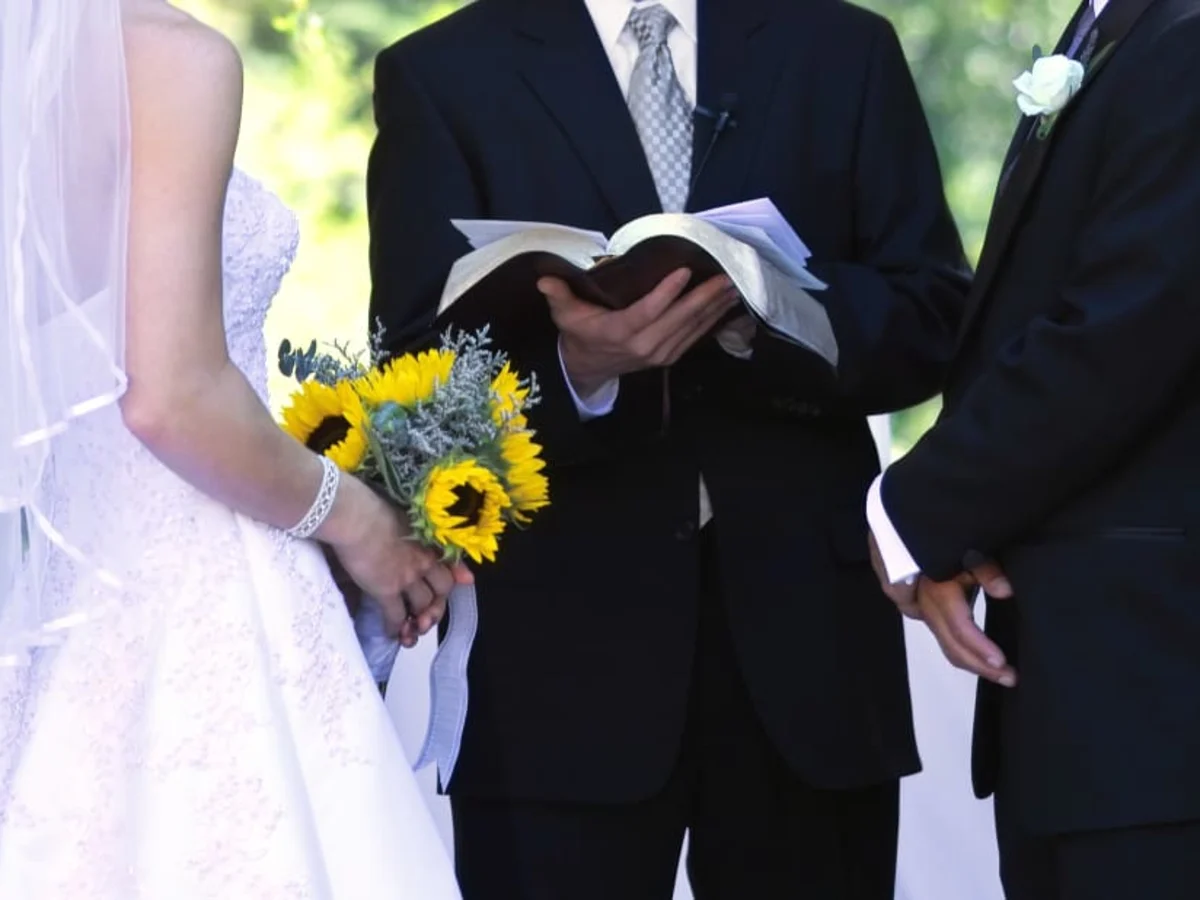
- Eastern traditions (e.g., Chinese, Japanese, and Indian)
- In Chinese tradition, the bride typically stands on the left side, symbolizing her close connection to the groom’s family.
- In Japanese culture, the bride is positioned on the left side, traditionally representing her connection to the groom’s ancestral heritage.
- In Indian weddings, the bride often stands on the left side, symbolizing her departure from her family and integration into the groom’s family.
- Western traditions (e.g., European and American)
- In Western cultures, the bride has traditionally stood on the left side, with the belief that the groom needed his right hand free to defend the bride from potential threats.
- European customs often incorporated religious influences and symbolic meanings into the placement of the bride, highlighting the importance of family connections and unity.
III. The Positioning of the Bride in Modern Wedding Ceremonies
A. Traditional expectations and symbolism
The traditional placement of the bride holds specific symbolic meanings associated with family, support, and protection. It represents the joining of two families and the bride’s transition into a new chapter of her life.
B. Contemporary adaptations
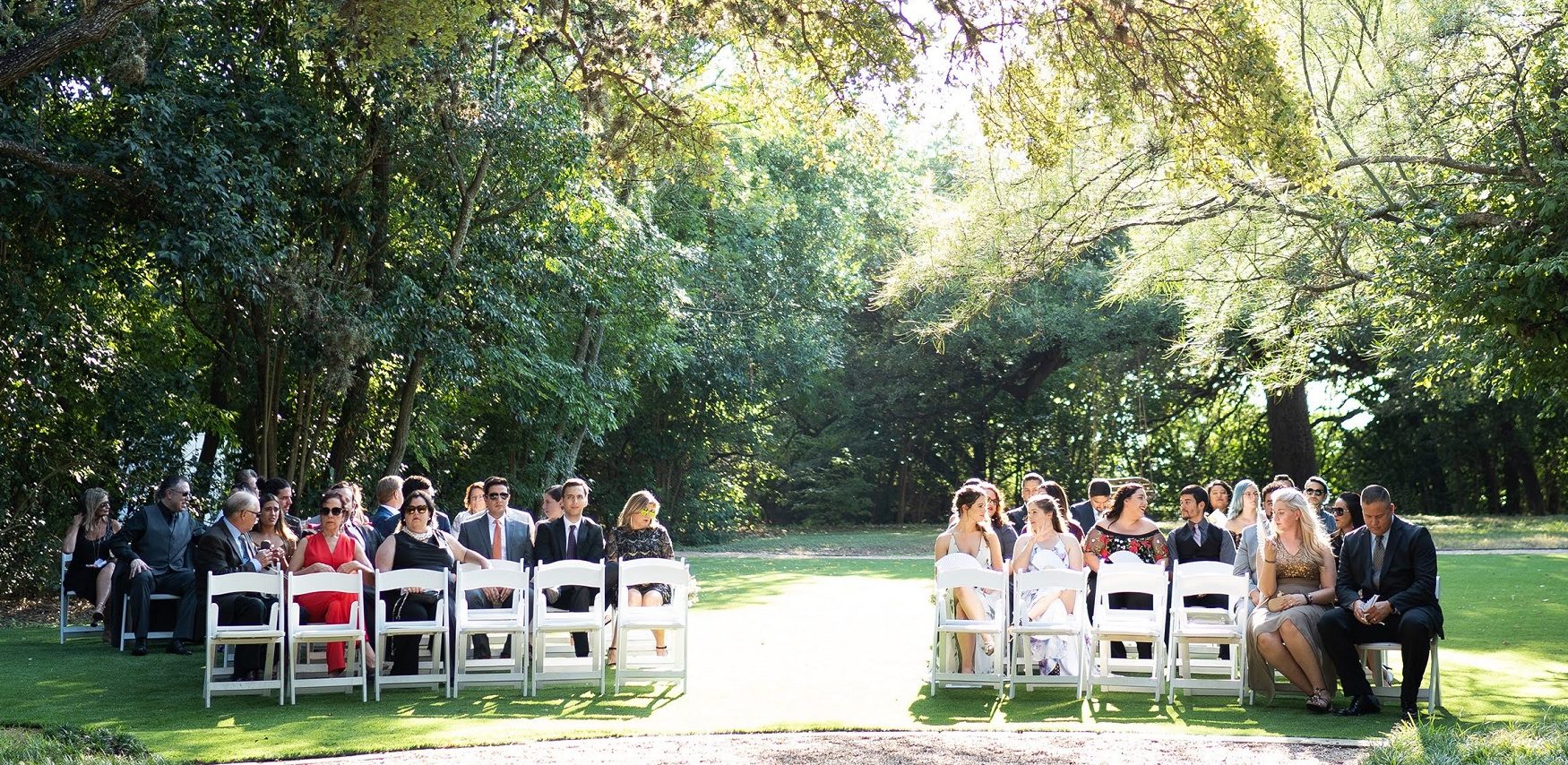
- Gender-neutral ceremonies and positioning
- With the rise of gender-neutral weddings, couples have the freedom to choose their positioning based on personal preferences and beliefs rather than adhering to traditional gender roles.
- Some couples opt for standing side by side or alternating positions, symbolizing their equal partnership and shared commitment.
- Same-sex weddings and inclusive practices
- Same-sex weddings challenge traditional placement expectations, offering couples the opportunity to create their own meaningful traditions.
- Couples may choose positions based on personal significance, family dynamics, or cultural practices.
IV. Factors Influencing the Decision-Making Process
A. Family dynamics and traditions Family dynamics play a significant role in determining the bride’s placement during a wedding ceremony. Many families have long-standing traditions that dictate where the bride should stand, based on cultural or religious customs. Understanding and respecting these traditions can help navigate any potential conflicts.
B. Personal preferences and beliefs The bride’s personal preferences and beliefs are essential factors in deciding her placement during the wedding ceremony. Some brides may choose to follow tradition closely, while others may opt for a more non-traditional approach. Honoring personal preferences and staying true to oneself is crucial in creating a meaningful experience.
C. Cultural and religious considerations Different cultures and religions have varied customs regarding the bride’s placement. Considering cultural and religious obligations is important in maintaining respect and inclusivity within the ceremony. Consulting with religious leaders or cultural advisors can provide guidance on adhering to these traditions.
V. Challenges and Alternative Approaches
A. Navigating family expectations and traditions
Families often have expectations regarding the bride’s placement based on tradition and customs, which may conflict with the couple’s personal preferences. Open communication and mutual understanding are essential in addressing these challenges. Couples can share their perspectives, explain their desired approach, and seek compromises that respect both tradition and personal beliefs.
B. Communicating and compromising with your partner
The bride and groom may have varying ideas regarding the bride’s placement. Effective communication and compromising can help find a solution that satisfies both partners. Understanding each other’s viewpoints, discussing the significance of the tradition, and finding a middle ground can foster harmony and unity.
C. Unique and personalized ideas for placement
Couples have the freedom to create unique and personalized ideas for the bride’s placement. They can step away from traditional norms and explore alternatives that hold personal significance. For example, they may choose to stand side by side, symbolizing equality, or stand in the middle, representing their unity as a couple. Embracing creativity and incorporating personal elements can make the ceremony more meaningful and memorable.
VI. The Bride’s Side: Making Your Decision
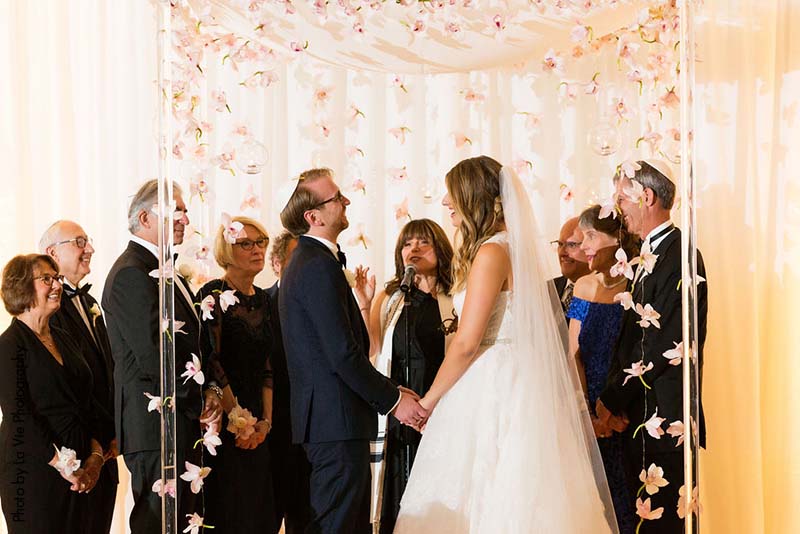
A. Reflecting on personal values and symbolism Take time for self-reflection to understand personal values and the symbolism attached to the bride’s placement. Consider what feels most authentic and aligned with individual beliefs. Connecting with the significance of the tradition can guide decision-making.
B. Open dialogue with your partner and families Engage in open and honest conversations with your partner and families to share viewpoints, discuss expectations, and find common ground. Active listening, understanding, and respecting each other’s perspectives can help navigate potential conflicts and reach a mutually agreeable decision.
C. Embracing flexibility and creating your meaningful tradition Embrace the flexibility of wedding traditions. Allow yourself the freedom to create a unique and meaningful ceremony that reflects your values and beliefs. Incorporate elements from different traditions or establish new rituals that resonate with your relationship. Remember that your wedding is an opportunity to celebrate your love in a way that feels genuine to you.
VII. Conclusion
A. Recap of factors that influence the decision-making process Recognizing the impact of family dynamics, personal beliefs, cultural considerations, and the challenges faced when making the decision regarding the bride’s placement.
B. Encouraging open communication and compromise Highlighting the importance of open dialogue and compromise between the couple and their families in navigating tradition and personal preferences.
C. Emphasizing the significance of personalization and meaning Encouraging couples to embrace flexibility and create a ceremony that holds personal significance, incorporating elements from tradition and introducing unique ideas.
D. Celebrating the power of choice and individual expression Acknowledging that every couple has the freedom to make their own decision regarding the bride’s placement, and celebrating the diversity and beauty that arises from these choices.
